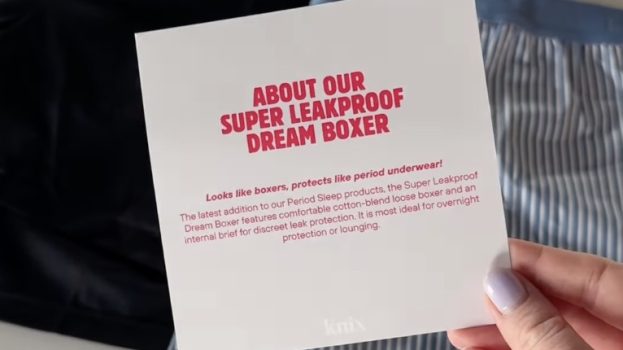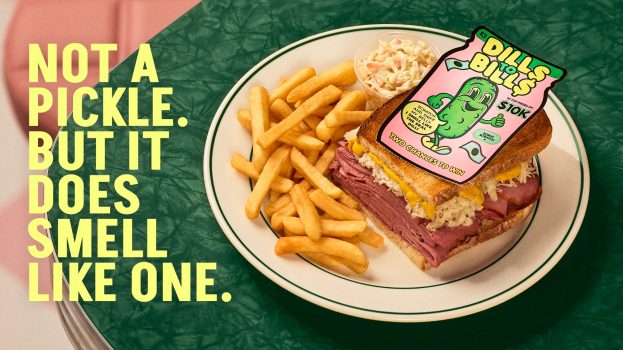If nothing else, Interac’s response to the COVID-19 pandemic illustrates just how uncertain the future is for most, if not all, marketers.
When this situation began, the payments company was coming off a period of digital and social advertising — the “always on” efforts that sustain brands through major campaigns — with development underway on a new June campaign, says Andrea Danovitch, AVP of marketing and brand for Interac.
She says the company has since hit pause on all activity while thinking through how to approach everything from social campaigns to community management. Meanwhile, its main focus is not unlike those of most brands, media outlets and human beings: waiting and listening, attempting to figure out next steps, as the world changes hourly.
For Interac, the future means contemplating two very different yet (at this moment) equally plausible scenarios, Danovitch says. There’s the best-case-scenario: it forges ahead as planned in order to emerge again with fresh messaging, just as the world begins returning to normal in a few weeks’ time. However, there’s now talk that the socially distant situation we are currently in may last months, not weeks. For Danovitch, this means “working on different scenarios and what might take place and what we might need to do, and conversely, not do in terms of bringing messages to market.”
Among the major brands that interact daily with consumers, Interac is one of the few that has chosen to remain silent in its response to COVID-19. It continues to respond to consumer inquiries related to its services, but has not taken a public stance on the pandemic. It has not issued a statement, created an official updates page on its site, or tweeted or emailed information on how it’s helping protect consumers. For the most part, Danovitch says, the nature of its business means a lot of consumers contact their bank first when they have questions.
In the meantime, all it can really do is continue monitoring the situation as it unfolds. Right now, it’s internal team is working alongside its agency partners, Zulu Alpha Kilo and Media Experts, to scan news and social feeds for any COVID-19-related activity. It’s keeping an eye out for relevant messaging around its brand, Danovitch says, and monitoring the communications of leading Canadian brands outside of its category. And it’s trying to better understand how the pandemic is impacting social sentiment around its core businesses of money, transactions and banking.
Interac doesn’t yet fully understand how COVID-19 will impact its business on the short term, let alone how it will transform consumer behaviour once the situation returns to normal. For example, will social distancing result in a greater volume of e-transfers? One thing is almost for certain: the sudden suspension of most physical retail operations will hurt a company ubiquitously found at point-of-sale.
But even though a frequently handled payment terminal carries transmission risks, many consumers still remain wary of using cash as a form of payment, and some retailers and restaurants have stopped accepting cash payments or asked consumers to pay with a card whenever possible. On Wednesday, the Bank of Canada formally asked retailers to continue accepting cash for payments, adding that “refusing cash could put an undue burden on people who depend on cash as a means of payment.”
For now, it’s a waiting game for Interac. While some experts have noted the crisis presents an opportunity for brands to be leaders and reaffirm their values, Danovitch doesn’t think it’s that straightforward.
“At the moment, there isn’t a higher purpose message that we are going out with that is knitted into our values and belief systems, and certainly it’s a fine line, with brands not wanting to look opportunistic in any way,” she says. “I suspect that if ever there’s a role that we can have in that, and that it serves the country for us to communicate, we would certainly look to that in the future.”
























